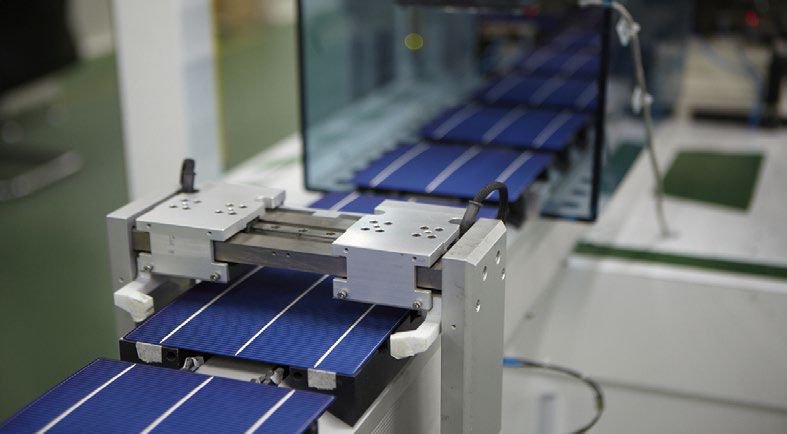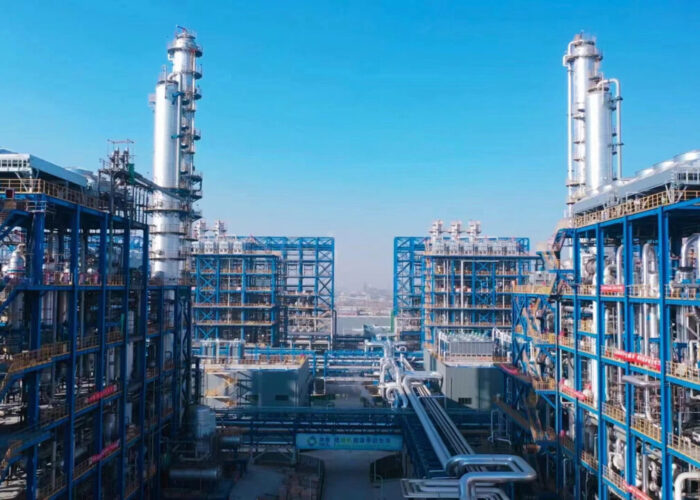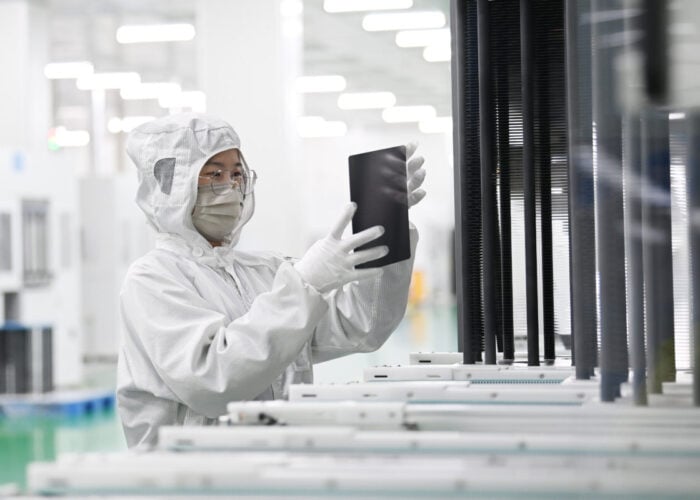
‘Silicon Module Super League’ (SMSL) member Trina Solar has reported a verified N-type monocrystalline Interdigitated Back Contact (IBC) solar cell with a conversion efficiency of 24.13%. Japan Electrical Safety & Environment Technology Laboratories (JET) verified the results.
Trina Solar noted that the record-breaking IBC cell was fabricated at its State Key Laboratory (SKL) of PV Science and Technology (PVST), on a large-sized phosphorous-doped Cz Silicon substrate (156×156 mm) with a low-cost industrial IBC process, featuring conventional tube doping technologies and screen-printed metallization.
Unlock unlimited access for 12 whole months of distinctive global analysis
Photovoltaics International is now included.
- Regular insight and analysis of the industry’s biggest developments
- In-depth interviews with the industry’s leading figures
- Unlimited digital access to the PV Tech Power journal catalogue
- Unlimited digital access to the Photovoltaics International journal catalogue
- Access to more than 1,000 technical papers
- Discounts on Solar Media’s portfolio of events, in-person and virtual
Or continue reading this article for free
The champion cell had an open-circuit voltage Voc of 702.7mV, a short-circuit current density Jsc of 42.1 mA/cm2 and a fill factor FF of 81.47%. The IBC solar cell has a total measured area of 243.3cm2 and was measured without any aperture, according to the company.
The 156×156 mm2 solar cell reached a total-area efficiency of 24.13% as independently measured by the Japan Electrical Safety & Environment Technology Laboratories (JET).
Dr. Pierre Verlinden, Vice President and Chief Scientist of Trina Solar said: “Over the last few years, our R&D team has managed to continuously improve the efficiency of our n-type IBC solar cells, pushing the limits and surpassing our previous records, and approaching very closely to the performance of our best small-area laboratory cell developed in collaboration with ANU three years ago.”
Dr. Verlinden also noted that Trina Solar’s goal was to move the IBC cell from lab to fab as quickly as possible. Currently, Trina Solar has yet to announce a commercial product using IBC solar cells.






